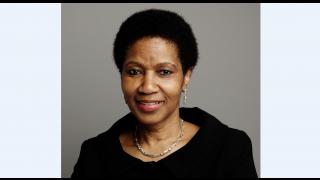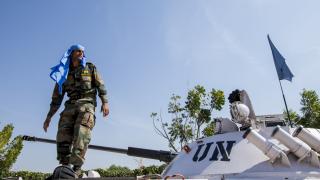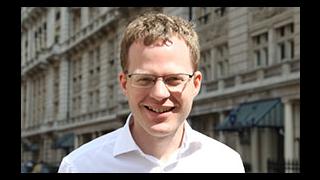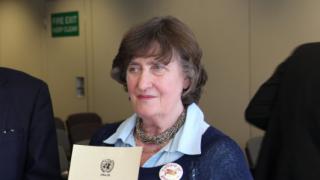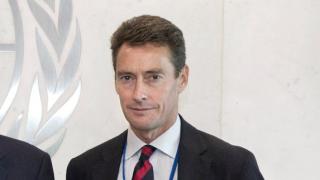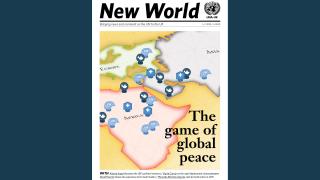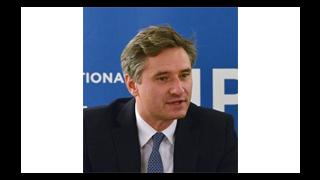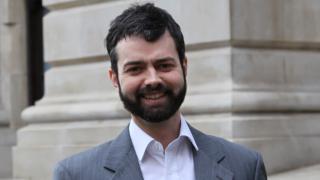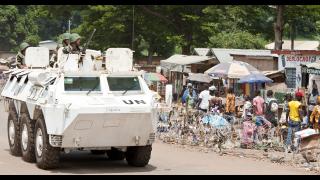
With the launch of a UN review of peacekeeping operations in the coming year, questions are expected to be raised over the capability of the UN to swiftly deploy peacekeeping operations in some of the world’s most violent areas.
Rapid deployment has been identified by the UN’s Department of Peacekeeping Operations as a priority area to enhance the effectiveness of peacekeeping operations. Head of the Department, Hervé Ladsous, has highlighted two important facets of this debate: the importance of building “more predictable standby arrangements” with regional organisations and addressing “the willingness of member states to prepare troops for peacekeeping missions in advance of a Security Council resolution, and ensure that they can meet UN standards”. These two areas are interlinked, and although there may be mechanisms at regional levels, it is still the member states who ultimately have the last say on how quickly they deploy.
The two regional organisations with the most advanced arrangements for rapid deployment are the African Union (AU) and European Union (EU). The AU has sought to create a sophisticated response network for conflict prevention and resolution, which includes the creation of the African Standby Force (ASF). The ASF is composed of five regional brigades, which are designed to deploy within 14 days of a decision of the AU’s Peace and Security Council. Deployment scenarios can range from assisting a political mission with low-key military advice, to demanding intervention missions in response to genocide. Each brigade is composed of standby contingents of military, police and civilian personnel, all on standby in their country of origin.
The EU has also created a standby system, known as the EU Battlegroup (EUBG) structure. Under the structure, two separate EUBGs (each comprised of multinational formations of 1,500 soldiers, inclusive of all combat and service support) are placed on rotation for six months. Each EUBG – led by one nation and supported by a small number of others – provides a rapid reaction capability by being ready to deploy between five and 30 days from a European Council decision, and is intended to prepare the ground for larger, more traditional peacekeeping forces. At the end of the six-month rotation, two more EUBGs are placed on standby.
On paper, both of these models provide the UN with standby capacities. However, neither the ASF nor the EUBGs have ever been deployed. The need to build up capacities for the ASF has often clashed with the need to deploy forces for other ongoing missions, meaning that long-term planning has been difficult. And EU member states have been reluctant to deploy the EUBGs, instead preferring to deploy their forces on a more ad hoc basis (for instance, EU forces in the Central African Republic were not an EUBG but a one-off collection of willing states).
Both approaches have enabled member states of the two bodies to become better accustomed to the demands of peacekeeping operations, through encouraging joint training and equipping of military personnel. In the case of AU member states, this has translated into a series of ad hoc deployments into conflict zones such as Mali at a speed the UN would be unable to match. EU states have likewise deployed troops in Chad, the Democratic Republic of the Congo (DRC) and elsewhere. So although the predictability of rapid reaction may be desired but currently unachievable, this doesn’t mean that member states are unwilling to deploy personnel.
However, a reliance on individual member states for rapid response peacekeeping is susceptible to a number of variables, from concerns over safety and security of personnel to issues of pay and equipment and the politics of UN peacekeeping. Such issues become all the more pronounced at a time when the core understanding of what we mean by peacekeeping is being debated at UN headquarters. Mandates to deploy robust operations and initiatives, such as the Force Intervention Brigade in the DRC, have opened up divisions between the states setting a mission’s parameters and those contributing the troops. In a debate around DRC’s intervention brigade, the Permanent Representative from Argentina explained that: “we are facing a conceptual change of the traditional understanding of peacekeeping operations. The inclusion of a peace-enforcement dimension in the concept of peacekeeping, even when justified under the circumstances, requires in-depth consideration and responsible action.”
Expanding the traditional concept of peacekeeping may have an effect on the willingness of troop-contributing countries. The UN’s own force-generation processes allow significant room for member states to insert caveats on their participation, with troop pledges being accepted without detailed knowledge of conditionality. Caveats are part and parcel of peacekeeping deployment, but become more significant when states contributing troops are – at a political level – not wholly convinced by UN policy. While important steps have been taken, when it comes to the rapid deployment of military personnel for peacekeeping operations, predictability is going to be a tough goal to reach.
David Curran is a Research Fellow at the Centre for Trust, Peace and Social Relations, Coventry University



